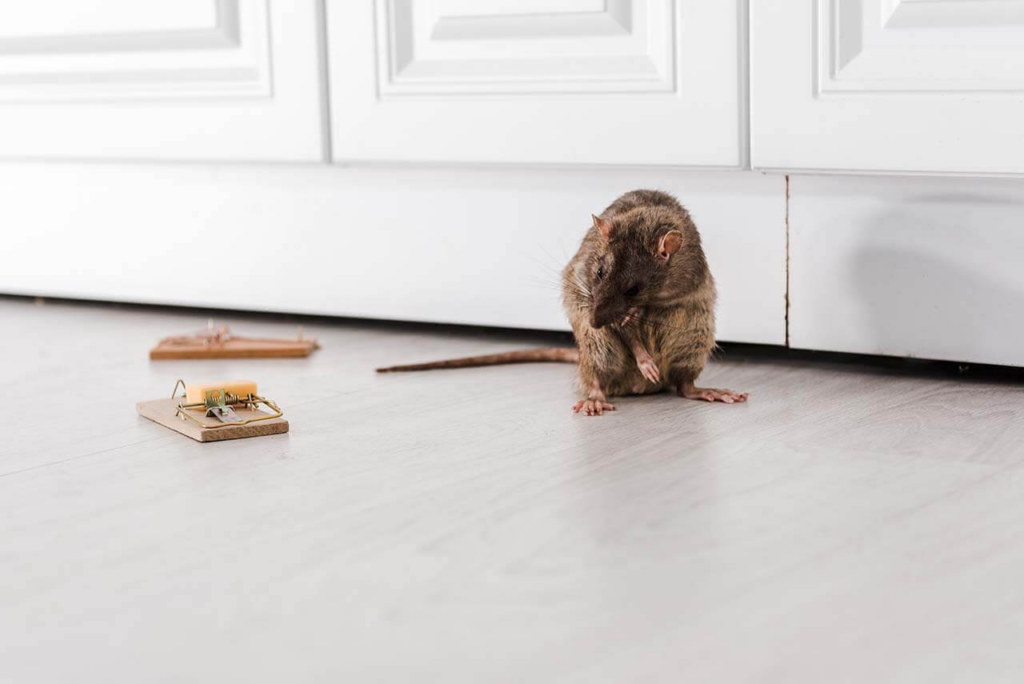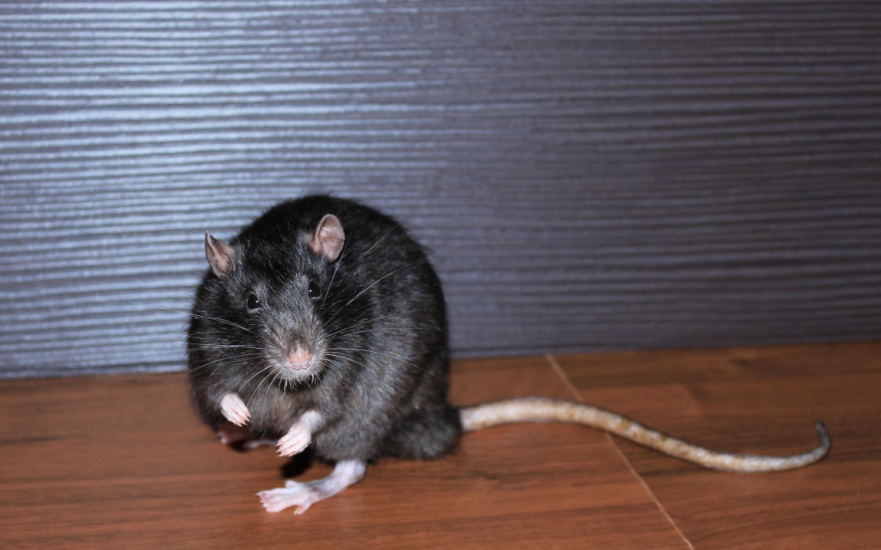What Should I Do If I See a Rat in My Home?
Seeing a rat in your home is an unpleasant experience. What should I do if I see a rat in my home? This is a common concern among homeowners dealing with rodent problems. Rats are not just unsettling to have around; they can carry diseases, cause property damage, and lead to more significant infestations if not dealt with promptly. If you find yourself in this situation, it’s important to know the steps to take to address the problem effectively. This guide will walk you through everything you need to know about what should I do if I see a rat in my home and how to prevent future infestations.
Stay Calm and Keep Your Distance
The first thing to remember if you see a rat in your home is to stay calm. What should I do if I see a rat in my home? Start by avoiding sudden movements and keeping your distance. Rats are more afraid of you than you are of them, and they will typically try to avoid human contact. However, it’s essential to keep your distance and not attempt to handle the rat directly. Rats can carry diseases such as Leptospirosis, Salmonella, and Hantavirus, and a bite or scratch could transmit these infections.
If the rat is in an area where you can close it off, do so to prevent it from escaping to other parts of your home. This could be a room, a closet, or even under a container if it’s small enough. By containing the rat, you make it easier to remove later. Knowing what should I do if I see a rat in my home can help you take immediate, effective action to mitigate the issue.
Identify and Seal Entry Points
Once you’ve contained the rat or if it’s managed to escape, the next step is to identify how it got into your home in the first place. What should I do if I see a rat in my home? One of the most important actions is to find and seal any potential entry points. Rats can squeeze through surprisingly small gaps—holes as small as a quarter can allow a rat to enter. Inspect your home for potential entry points, such as gaps around doors and windows, cracks in the foundation, or openings around pipes and vents.
Sealing these entry points is crucial to preventing more rats from entering your home. Use materials like steel wool, caulk, or metal mesh to close up any holes or gaps. Pay particular attention to areas where you’ve seen signs of rodent activity, such as droppings or gnaw marks. Proper rodent control starts with keeping rodents from getting inside in the first place.
Set Traps or Call a Professional
If you’re dealing with a single rat, setting traps can be an effective way to catch it. There are several types of traps available, including snap traps, glue traps, and live traps. Snap traps are the most common and are designed to kill the rat quickly. Live traps allow you to catch the rat without harming it, but you’ll need to release it far from your home to prevent it from returning.
Place traps in areas where you’ve seen the rat or noticed signs of its presence. Rats tend to travel along walls and edges, so placing traps in these areas increases the likelihood of catching them. Bait the traps with something that will attract the rat, such as peanut butter or cheese.
However, if you suspect there may be more than one rat or if you’re uncomfortable handling the situation yourself, it’s best to call a professional pest control service. Professionals have the experience, tools, and knowledge to handle rat infestations safely and effectively. They can also provide advice on how to prevent future infestations through professional rodent removal services. What should I do if I see a rat in my home? If the problem persists, seeking professional help is the best course of action.

Remove Food Sources
Rats are attracted to food, so removing any potential food sources in your home is essential to discourage them from staying. What should I do if I see a rat in my home? Eliminating their access to food is a crucial step. Store all food, including pet food, in airtight containers. Avoid leaving food out on countertops or tables, and clean up spills and crumbs immediately. Regularly empty your trash cans and ensure they have tight-fitting lids.
In addition to food, make sure to secure any water sources. Rats need water to survive, so fix any leaky pipes, and don’t leave pet water dishes out overnight. By making your home less appealing to rats, you reduce the chances of them settling in.
Monitor the Situation
After you’ve taken the initial steps to deal with the rat, it’s important to monitor the situation to ensure that the problem is fully resolved. Keep an eye out for signs of additional rats, such as droppings, gnaw marks, or noises in the walls. If you catch another rat or continue to see signs of activity, it may indicate a larger infestation that requires professional intervention.
Regularly inspect the areas where you found the rat and check the traps you’ve set. If you’ve sealed entry points and removed food sources, you should see a decrease in rodent activity over time. However, if the problem persists, don’t hesitate to reach out to a pest control professional for help.
How to Prevent Future Rat Infestations
Prevention is key when it comes to keeping rats out of your home. What should I do if I see a rat in my home? You should take steps to prevent another encounter. Here are some additional steps to ensure long-term protection:
- Seal all entry points – Regularly inspect and close off any potential rodent access points.
- Maintain cleanliness – Store food in sealed containers, take out the trash regularly, and avoid clutter where rats can nest.
- Eliminate outdoor attractants – Keep outdoor garbage bins secured, trim vegetation around your home, and remove potential nesting materials.
- Use deterrents – Some homeowners use natural deterrents like peppermint oil or ultrasonic repellents to discourage rats.
- Schedule routine pest control – A professional pest control service can provide inspections and treatments to prevent infestations.
What Should I Do if I See a Rat in My Home? Call the Professionals
Seeing a rat in your home can be a stressful experience, but by staying calm and taking the right steps, you can effectively address the problem. What should I do if I see a rat in my home? Start by identifying and sealing entry points, setting traps, and removing food sources. Monitor the situation closely to ensure that you’ve resolved the issue, and don’t hesitate to call in professional help if needed.
By taking swift and decisive action, you can protect your home and family from the risks associated with a rat infestation. Now that you know what should I do if I see a rat in my home, you can handle the situation confidently and prevent future infestations from occurring.



